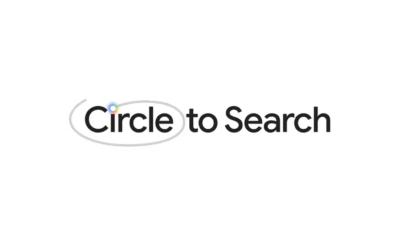Google TV to revolutionize doorbell interactions
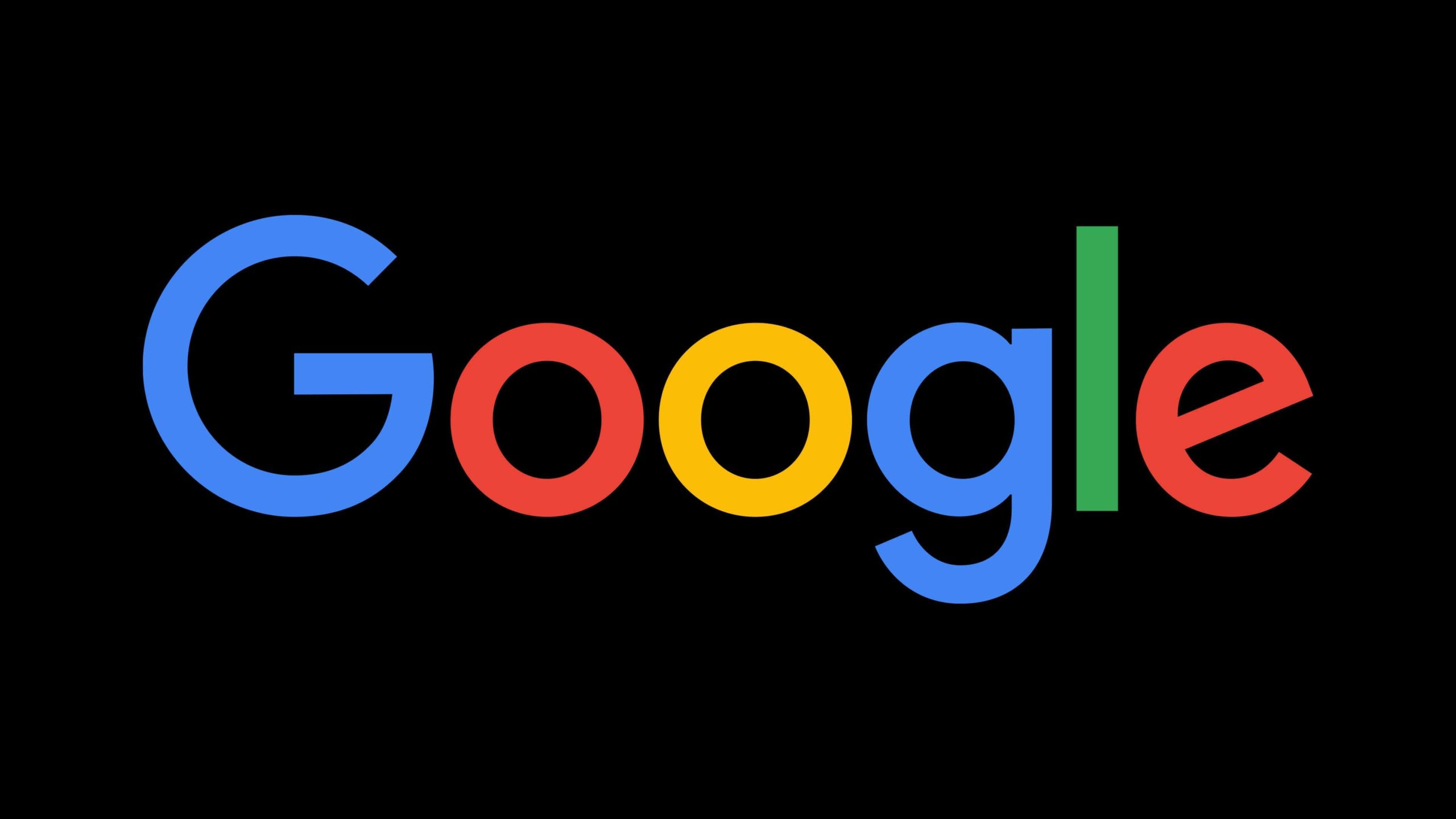
The lines between our entertainment hubs and smart home ecosystems are blurring, and Google TV is leading the charge. A significant update slated for release later in 2025 promises to transform how we interact with our Nest Doorbells, turning our televisions into central command centers for home security. This isn’t just about seeing who’s at the door anymore; it’s about seamless, two-way communication and enhanced control, all from the comfort of our couches.
Imagine this: you’re engrossed in a movie night when a notification pops up on your Google TV screen. It’s not just a small, cropped image anymore, but a larger, clearer preview of who’s at your door. This upgraded visual experience is a core part of the upcoming update, offering a more comprehensive view of your entryway. This enhanced preview UI addresses a key user frustration with the current system, providing a more impactful and useful visual alert.
But the real game-changer lies in the new interactive capabilities. Google TV will soon enable users to respond directly to visitors through their Nest Doorbell, all without reaching for their phones. This is a significant leap forward in home automation, streamlining communication and adding a layer of convenience previously unavailable.
The update introduces two distinct ways to reply. First, automatically generated responses will provide quick and easy options for common scenarios. Imagine being able to select a pre-written message like “We’ll be right there” or “Please leave the package at the door” with a simple click of your remote. This is perfect for those moments when you’re busy or simply want a fast, hands-free solution.
Even more impressive is the integration of custom responses through Google Assistant/Gemini. This feature empowers users to craft personalized messages, adding a truly human touch to their interactions. But this isn’t simply a voice relay; the system intelligently synthesizes your custom message using the same clear and consistent voice used for Google’s preset replies. This ensures a professional and polished communication experience, regardless of whether you choose a pre-written message or create one on the fly. This sophisticated voice synthesis is a testament to the advancements in AI and its integration into everyday devices.
This enhanced integration of Nest Doorbell with Google TV isn’t just a minor feature addition; it represents a fundamental shift in how we interact with our homes. It transforms the television from a passive entertainment device into an active participant in our daily lives, enhancing security, convenience, and communication.
The timing of this update is also noteworthy. Google has indicated that the rollout will coincide with the broader launch of Gemini on the Google TV platform. This suggests a deep integration between the two, with Gemini likely powering the intelligent features like voice synthesis and potentially even offering contextual response suggestions based on the situation at hand.
This update signifies a significant step towards a truly integrated smart home experience. By bringing together entertainment and security, Google TV is redefining the role of the television in the modern home. The enhanced Nest Doorbell integration is more than just a convenient feature; it’s a glimpse into the future of connected living. This enhanced experience is anticipated to arrive for Google TV users later in 2025.
Android
Android 16: A fresh look at volume controls, navigation, and Google Photos
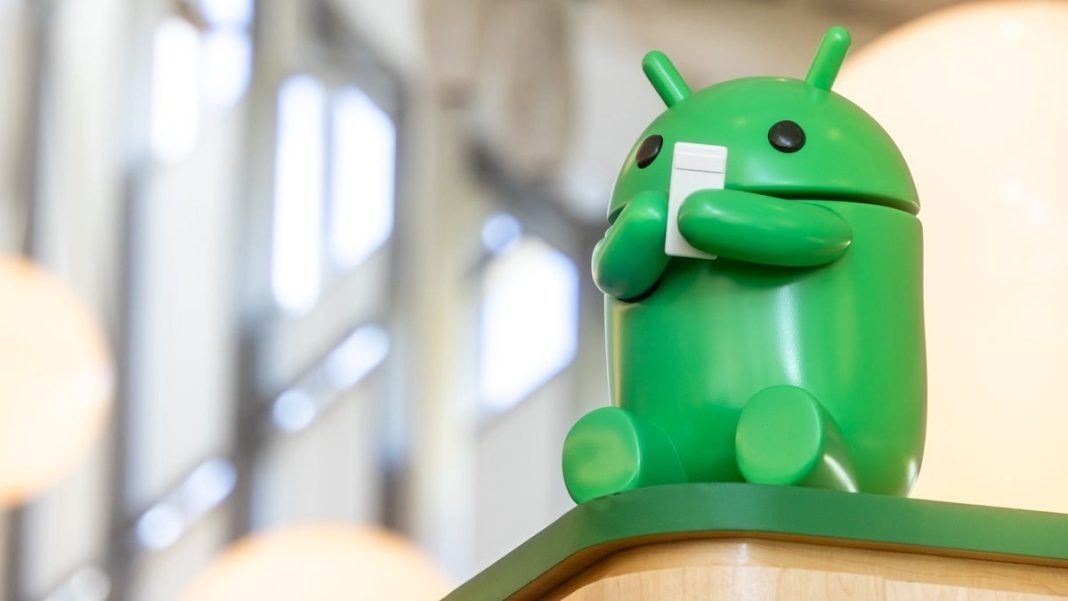
The Android ecosystem is constantly evolving, and the upcoming Android 16 release promises to refine the user experience. From subtle UI tweaks to more significant functional changes, Google seems focused on enhancing usability and streamlining core features. Let’s delve into some of the anticipated changes, including a potential volume panel redesign, enhancements to navigation, and a simplification of the Google Photos interface.
A Potential Volume Control Overhaul
One more noticeable change explored in Android 16 is a potential redesign of the volume controls. While Android 15 introduced a collapsible volume panel with distinctive pill-shaped sliders, early glimpses into Android 16 suggest a shift towards a more minimalist aesthetic.
Instead of the thick, rounded sliders of the previous iteration, Android 16 may feature thinner, continuous sliders with simple handles. This design aligns more closely with Google’s Material Design 3 guidelines, emphasizing clean lines and a less cluttered interface.
While some users may prefer the more pronounced sliders of Android 15, the new design offers a more precise visual representation of the volume level. The volume slider itself is also transforming, becoming less rounded with a thin rectangular handle. The icon indicating the active volume stream has been repositioned to the bottom of the slider, and the three dots that open the full volume panel have been subtly reduced in size. The volume mode selector has also been refined, displaying different modes within distinct rounded rectangles.
It’s important to remember that these changes are still under development. Google may choose to refine or even abandon this design before the final release of Android 16. However, it offers an intriguing look into Google is direction for its volume controls.
Predictive Back Comes to Three-Button Navigation
Navigating within Android apps can sometimes be a frustrating experience, especially when the back button doesn’t behave as expected. To address this, Google introduced “predictive back,” a feature that provides a preview of where the back gesture will lead. Initially designed for gesture navigation, this feature is now poised to expand to the more traditional three-button navigation system in Android 16.
Predictive back aims to eliminate the guesswork from navigation by showing a preview of the destination screen before the back action is completed. This prevents accidental app exits and ensures a smoother user experience. While predictive back has been available for gesture navigation for some time, its integration with three-button navigation marks a significant step towards unifying the navigation experience across different input methods.
Early tests show that pressing and holding the back button in three-button navigation reveals a preview of the next screen. This functionality even extends to apps that already support predictive back, such as Google Calendar. While some minor refinements are still expected, such as a preview of the home screen when navigating back from an app, the overall functionality is promising.
This addition is particularly welcome for users who prefer the simplicity and speed of three-button navigation. By bringing predictive back to this navigation method, Google is ensuring that all users can benefit from this improved navigation experience.
Streamlining Google Photos
Google Photos is also undergoing a simplification process, with a key change affecting the app’s bottom navigation bar. The “Memories” tab is being removed, consolidating the interface and focusing on core functionalities.
Instead of a four-tab layout, Google Photos will now feature a cleaner three-tab bottom bar: Photos, Collections, and Search (or the Gemini-powered “Ask” feature). This change streamlines navigation and declutters the interface, making it easier to access core features. The “Memories” functionality itself isn’t being removed entirely; it’s being rebranded as “Moments” and relocated to the Collections tab. This “Moments” section organizes photos from the same event, offering a convenient way to revisit past experiences.
This change reflects a trend towards simpler and more intuitive user interfaces. By reducing the number of tabs and consolidating related features, Google is aiming to make Google Photos more accessible and user-friendly.
Looking Ahead
These changes represent just a glimpse of what’s in store for Android 16. From UI refinements to functional enhancements, Google is clearly focused on improving the overall user experience. The potential redesign of the volume controls, the expansion of predictive back to three-button navigation, and the simplification of Google Photos all contribute to a more polished and intuitive Android ecosystem. As Android 16 continues to develop, we can expect further refinements and potentially even more significant changes. The future of Android looks bright, with a focus on usability, efficiency, and a seamless user experience.
Revolutionizing AI Interaction: Gemini’s conversational leap with file and video integration
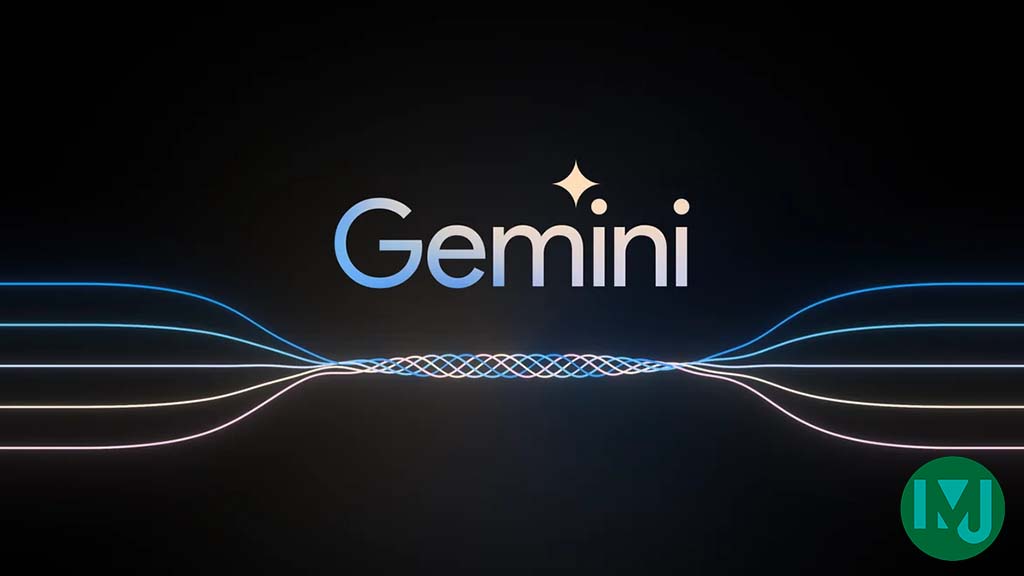
The world of AI is constantly evolving, pushing the boundaries of what’s possible. Google’s Gemini project stands at the forefront of this evolution, consistently exploring innovative ways to enhance user experience. Recent developments suggest a significant shift towards more interactive and intuitive AI engagement, particularly with the integration of file and video analysis directly into Gemini Live. This article delves into these exciting advancements, offering a glimpse into the future of AI assistance.
For some time, AI has been proving its worth in processing complex data. Uploading files for analysis, summarization, and data extraction has become a common practice. Gemini Advanced already offers this functionality, but the latest developments point towards a more seamless and conversational approach through Gemini Live. Imagine being able to not just upload a file, but to actually discuss its contents with your AI assistant in a natural, flowing dialogue. This is precisely what Google seems to be aiming for.
Recent explorations within the Google app beta version have revealed the activation of file upload capabilities within Gemini Live. This breakthrough allows for contextual responses based on the data within uploaded files, bridging the gap between static file analysis and dynamic conversation.
The process is remarkably intuitive. Users will initially upload files through Gemini Advanced, after which a prompt will appear, offering the option to “Talk Live about this.” Selecting this option seamlessly transitions the user to the Gemini Live interface, carrying the uploaded file along. From there, users can engage in a natural conversation with Gemini Live, asking questions and receiving contextually relevant answers. The entire conversation is then transcribed for easy review.
This integration is more than just a convenient feature; it represents a fundamental shift in how we interact with AI. The conversational approach of Gemini Live allows for a more nuanced understanding of the data. Instead of simply receiving a summary, users can ask follow-up questions, explore specific aspects of the file, and engage in a true dialogue with the AI. This dynamic interaction fosters a deeper understanding and unlocks new possibilities for data analysis and interpretation.
But the innovations don’t stop there. Further exploration of the Google app beta has unearthed two additional features: “Talk Live about video” and “Talk Live about PDF.” These features extend the conversational capabilities of Gemini Live to multimedia content. “Talk Live about video” enables users to engage in discussions with Gemini, using a YouTube video as the context for the conversation. Similarly, “Talk Live about PDF” allows for interactive discussions based on PDF documents open on the user’s device.
What’s particularly remarkable about these features is their accessibility. Users won’t need to be within the Gemini app to initiate these analyses. Whether in a PDF reader or the YouTube app, invoking Gemini through a designated button or trigger word will present relevant prompts, allowing users to seamlessly transition to a conversation with Gemini Live. This integration promises to make AI assistance readily available at any moment, transforming the way we interact with digital content.
This integration of file and video analysis into Gemini Live underscores Google’s broader vision for Gemini: to create a comprehensive AI assistant capable of handling any task, from simple queries to complex data analysis, all within a natural conversational framework. The ability to seamlessly transition from file uploads in Gemini Advanced to live discussions in Gemini Live represents a significant step towards this goal.
The key advantage of using the Gemini Live interface lies in its conversational nature. Unlike traditional interfaces that require constant navigation and button pressing, Gemini Live allows for a natural flow of questions and answers. This makes it ideal for exploring complex topics and engaging in deeper analysis. The ability to initiate these conversations from within other apps further enhances the accessibility and convenience of Gemini Live, placing a powerful conversational assistant at the user’s fingertips.
While these features are still under development and not yet publicly available, their emergence signals a significant advancement in the field of AI. The prospect of engaging in natural conversations with AI about files, videos, and PDFs opens up a world of possibilities for learning, research, and productivity. As these features roll out, they promise to redefine our relationship with technology, ushering in an era of truly interactive and intelligent assistance. We eagerly await their official release and the opportunity to experience the future of AI interaction firsthand.
Unlocking Victory: Google’s Circle to Search poised to revolutionize gaming assistance
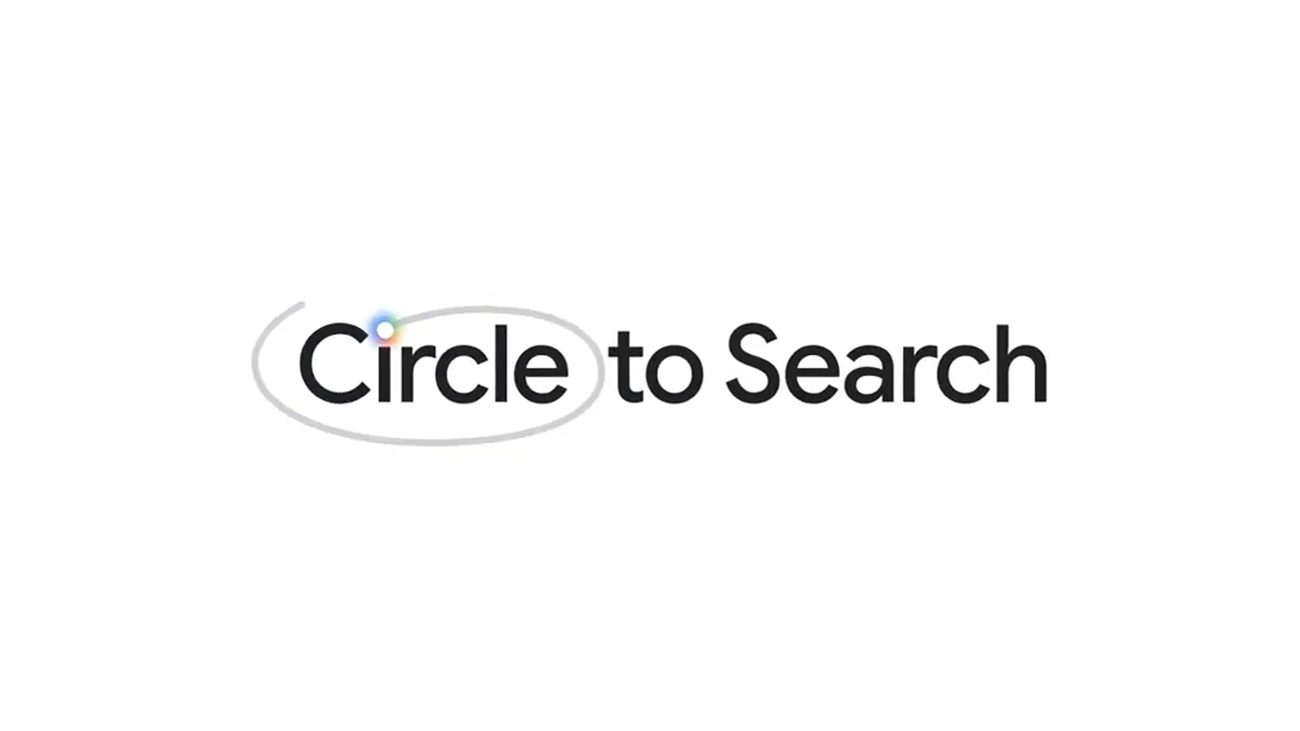
In the ever-evolving landscape of mobile technology, Google has consistently pushed the boundaries of innovation, introducing features that seamlessly integrate into our daily lives. Among these ingenious creations, Circle to Search stands out as a testament to Google’s commitment to simplifying information access.
This intuitive feature, already a valuable asset for Android users, is on the verge of a significant upgrade, promising to transform the way we approach gaming challenges. The anticipated addition, aptly named “Get Game Help,” has the potential to redefine the gaming experience, offering instant assistance at our fingertips.
Imagine being immersed in a captivating game, only to be confronted by a seemingly insurmountable obstacle. In the past, this scenario might have led to frustration, hours spent scouring the internet for solutions, or even abandoning the game altogether. However, with the forthcoming “Get Game Help” feature within Circle to Search, such frustrations could become a thing of the past.
The core concept behind “Get Game Help” is elegantly simple yet remarkably effective. By leveraging the existing functionality of Circle to Search, the feature intelligently captures a screenshot of the user’s current game screen. This visual snapshot, combined with a pre-populated search query, initiates a targeted Google Search designed to provide relevant assistance. The search query itself is intelligently crafted, using text like “Get help with this game,” ensuring that the results are tailored to the specific context of the user’s predicament.
This seamless integration of visual capture and targeted search represents a significant leap forward in gaming assistance. Instead of manually typing lengthy descriptions of their problem, players can simply activate Circle to Search and tap the “Get Game Help” prompt. This streamlined process not only saves valuable time but also minimizes the risk of miscommunication or ambiguity in the search query.
The implications of this feature are far-reaching. For casual gamers, “Get Game Help” offers a convenient way to overcome minor hurdles without breaking the flow of gameplay. For more dedicated players, it provides a valuable resource for tackling complex puzzles or challenging boss battles. The potential benefits extend beyond individual players as well. Online gaming communities could leverage this feature to create collaborative guides and walkthroughs, fostering a more supportive and engaging gaming environment.
However, as with any innovative technology, there are certain considerations to address. One potential challenge lies in the accuracy and relevance of the search results. While Google Search is renowned for its comprehensive index of information, the effectiveness of “Get Game Help” will depend on its ability to accurately interpret the context of the game screenshot. If the search results fail to pinpoint the specific problem the user is facing, they may still need to refine their search manually.
Another aspect to consider is the feature’s current behavior across different apps. Early testing suggests that the “Get Game Help” prompt appears regardless of whether the user is actively engaged in a game. This behavior may be refined before the feature’s official release, ensuring that it is only triggered within the context of gaming applications.
Despite these minor caveats, the potential of “Get Game Help” is undeniable. It represents a significant step towards creating a more seamless and intuitive gaming experience. By combining the power of visual capture with the vast knowledge base of Google Search, this feature has the potential to empower players of all skill levels, transforming the way we approach challenges and ultimately enhancing our enjoyment of the games we love.
The future of gaming assistance is here, and it’s just a circle away. As Google continues to refine and develop this groundbreaking feature, we can anticipate a future where overcoming gaming obstacles is no longer a source of frustration, but rather an opportunity for exploration and discovery.
-

 Apps11 months ago
Apps11 months agoGboard Proofread feature will support selected text
-

 News11 months ago
News11 months agoSamsung USA crafting One UI 6.1.1
-

 News10 months ago
News10 months agoBreaking: Samsung Galaxy S22 may get Galaxy AI features
-

 News10 months ago
News10 months agoSamsung Galaxy S23 Ultra with One UI 6.1 and all S24 AI features revealed
-

 News11 months ago
News11 months agoOne UI 6.1 Auracast (Bluetooth LE Audio) feature coming to many Samsung phones
-

 News11 months ago
News11 months agoSatellite SOS feature coming to Google Pixel phones, evidence leaked
-

 Apps8 months ago
Apps8 months agoGoogle’s fancy new Weather app is finally available for more Android phones
-

 News11 months ago
News11 months agoGoogle Pixel evolves as Europe’s third best selling flagship



